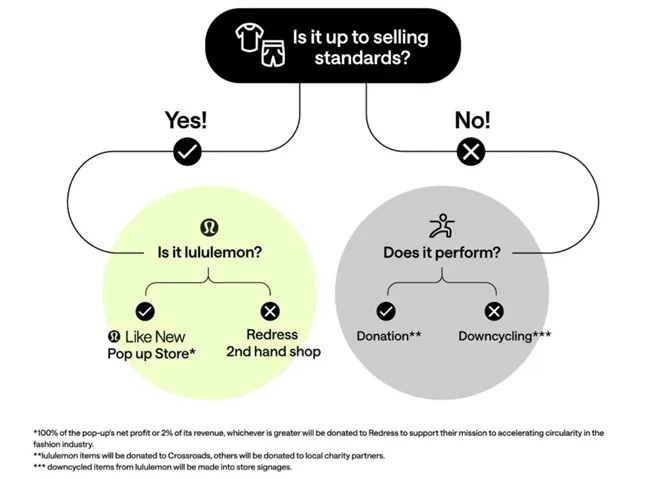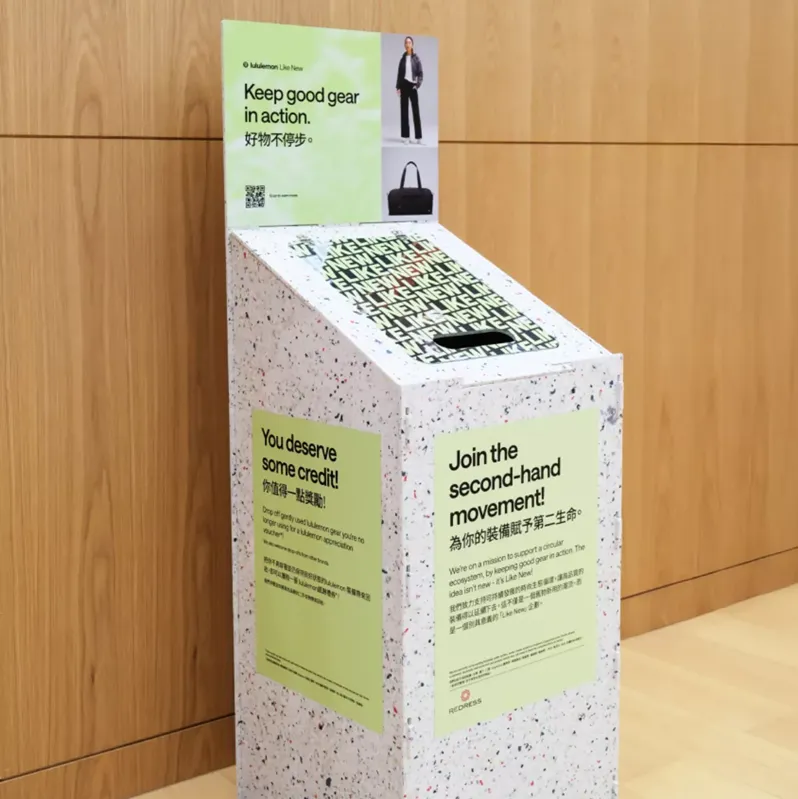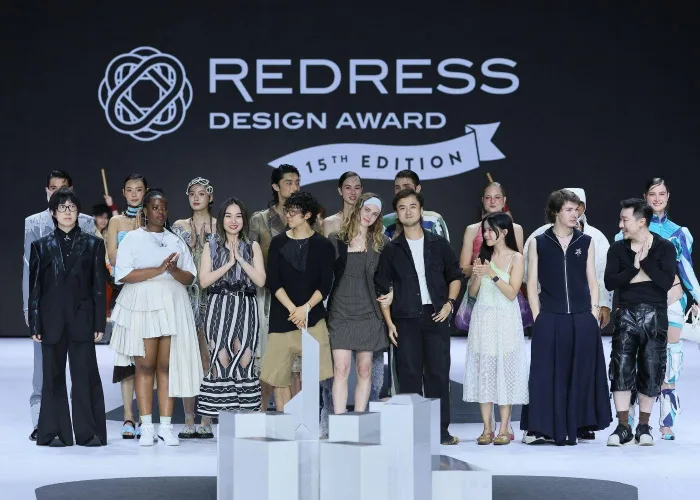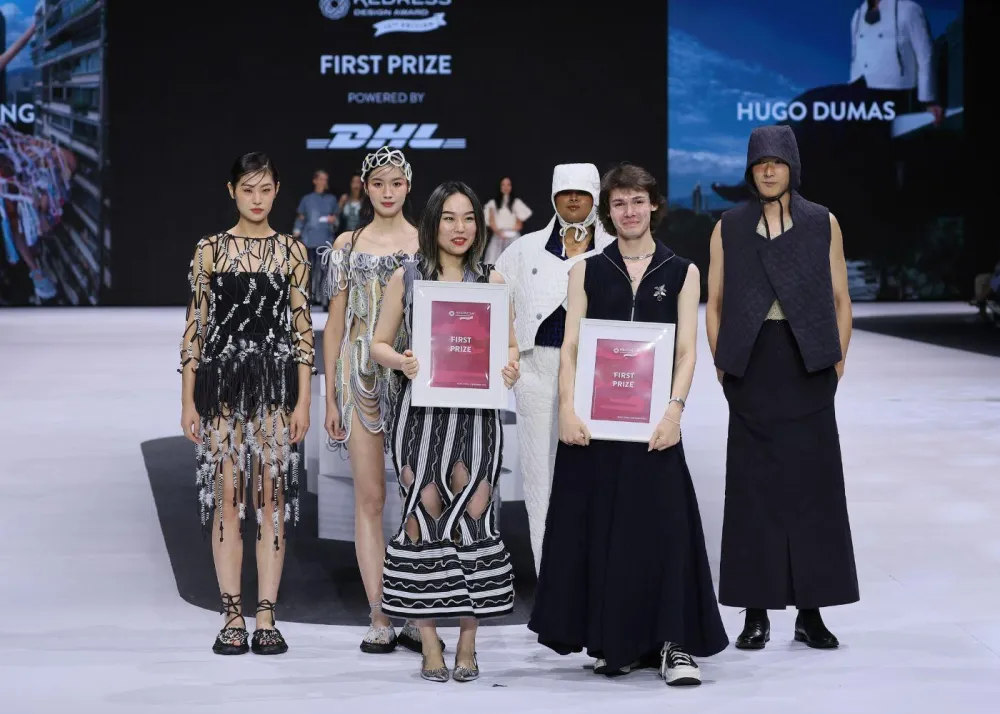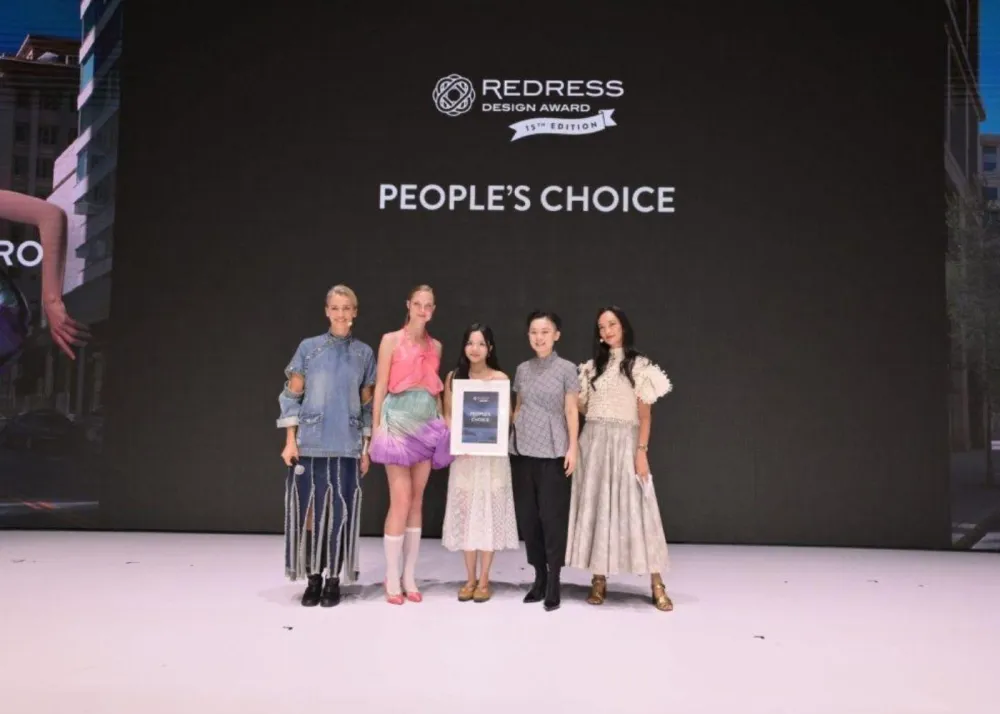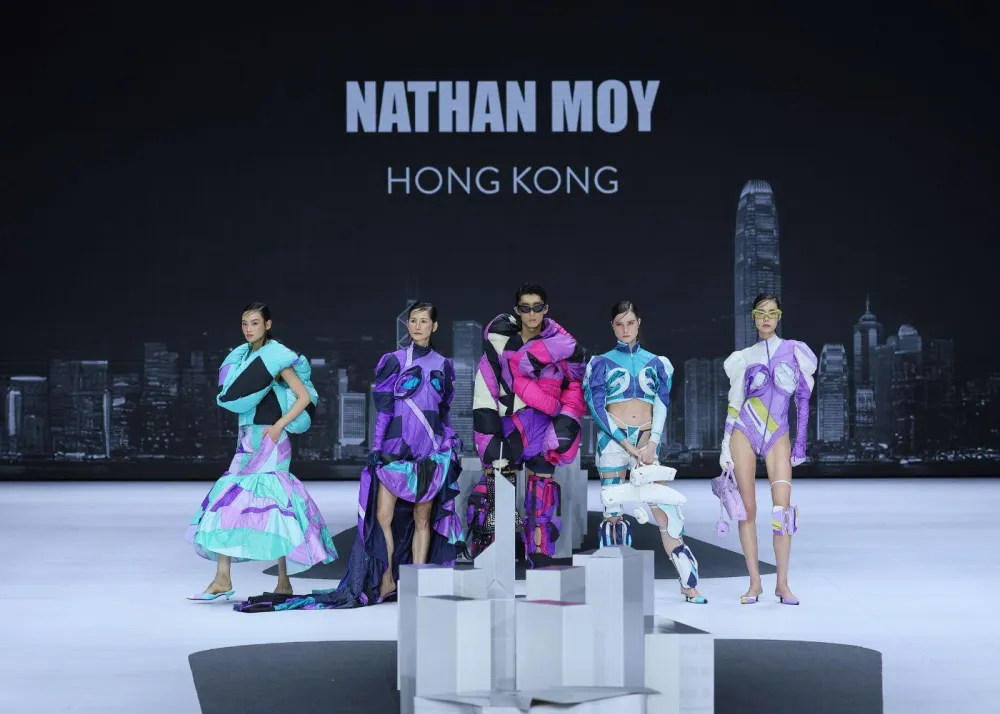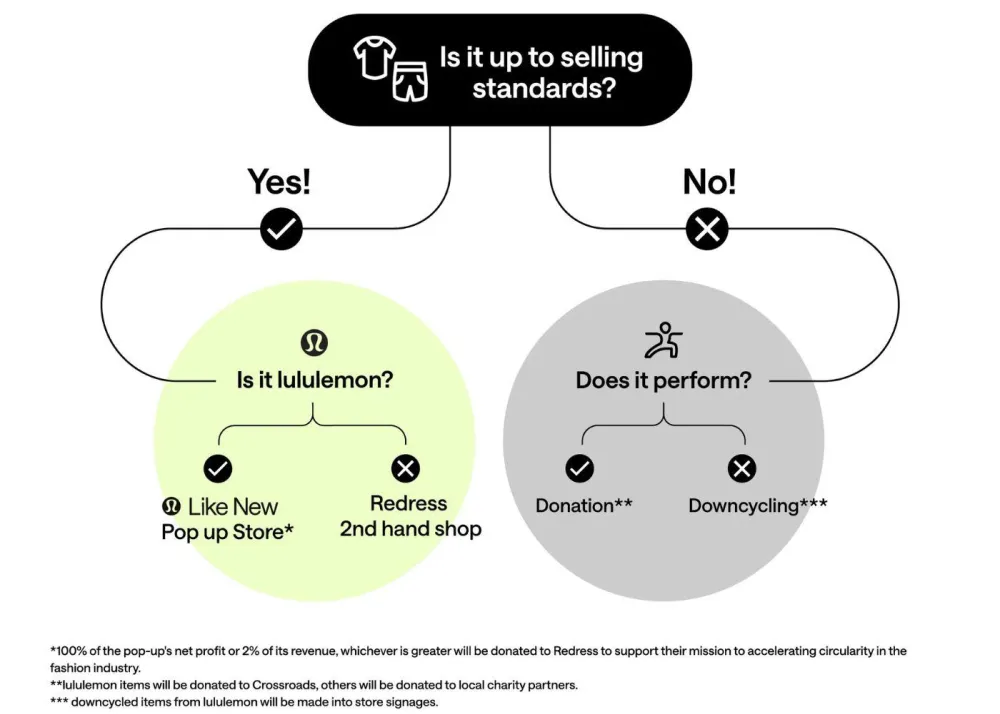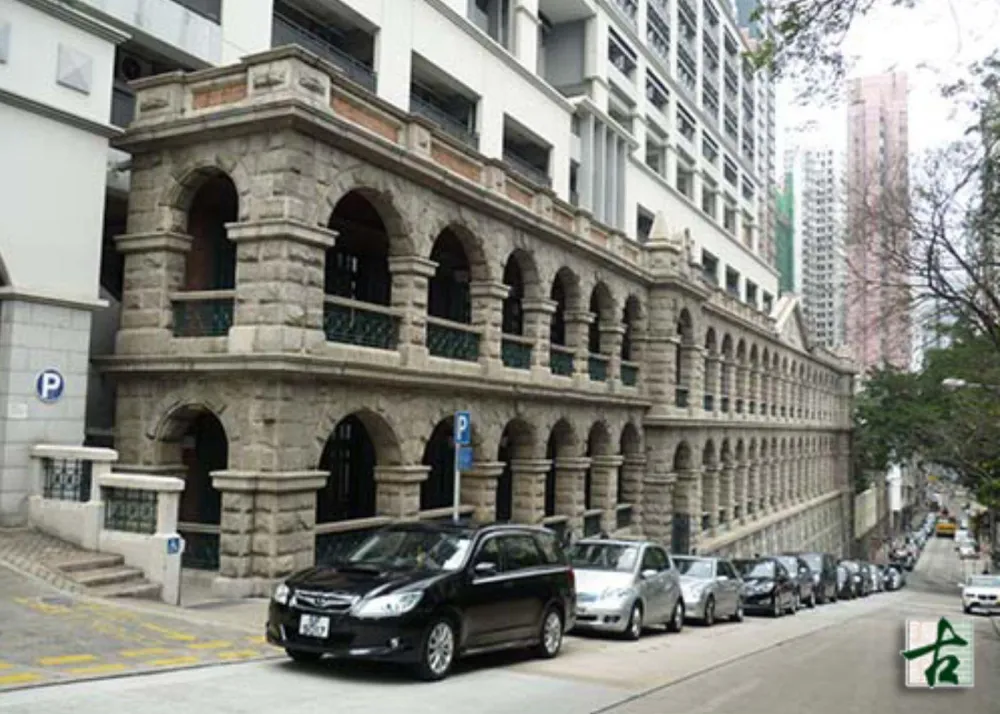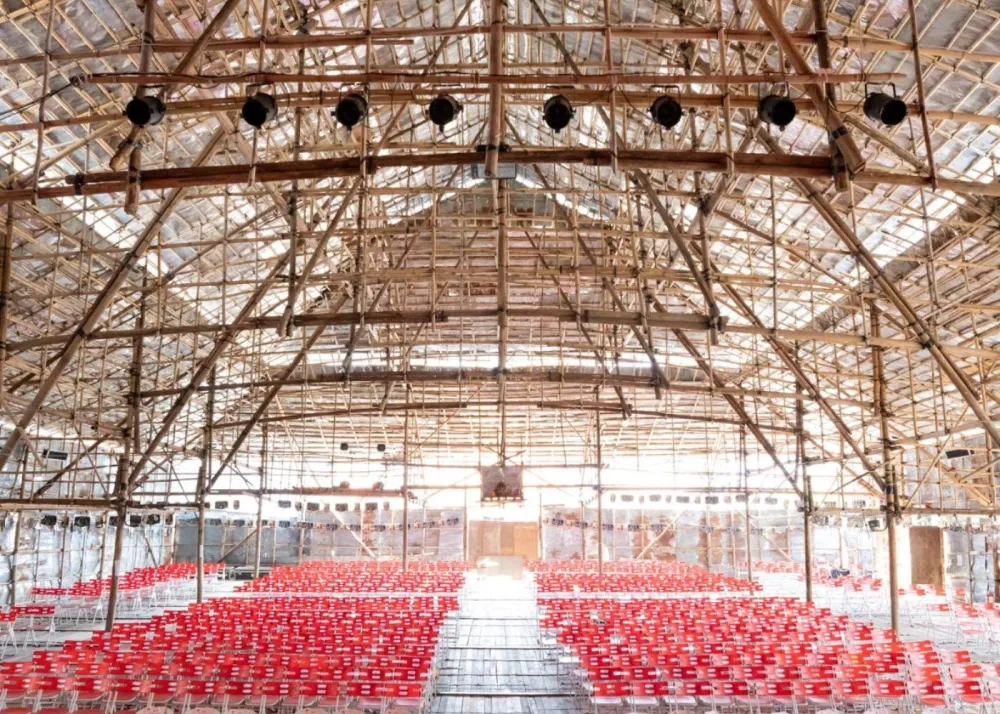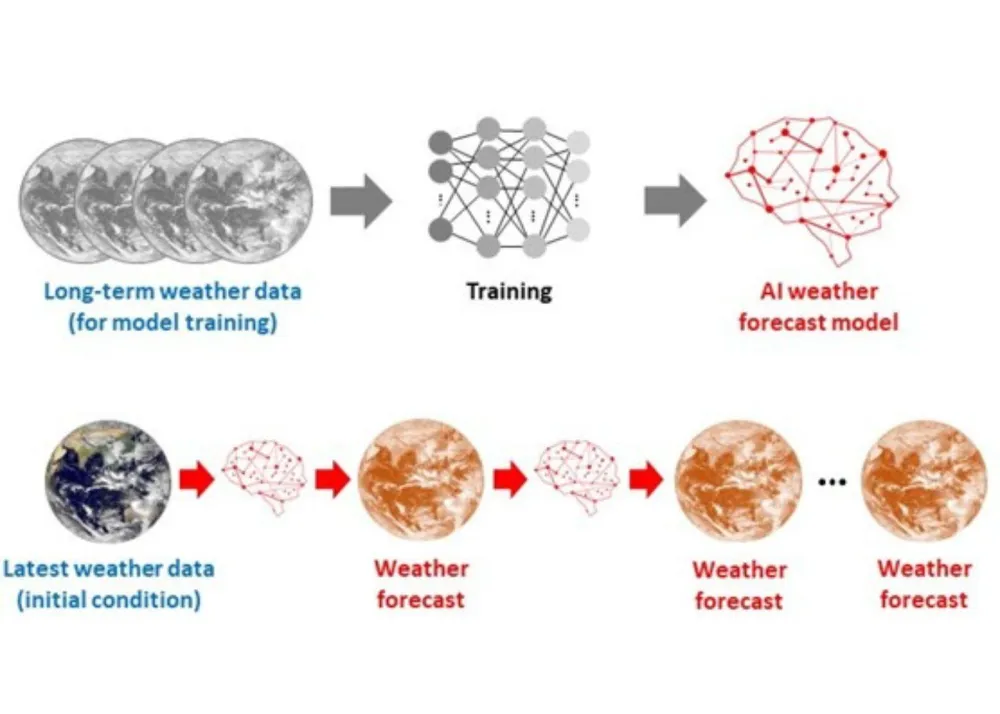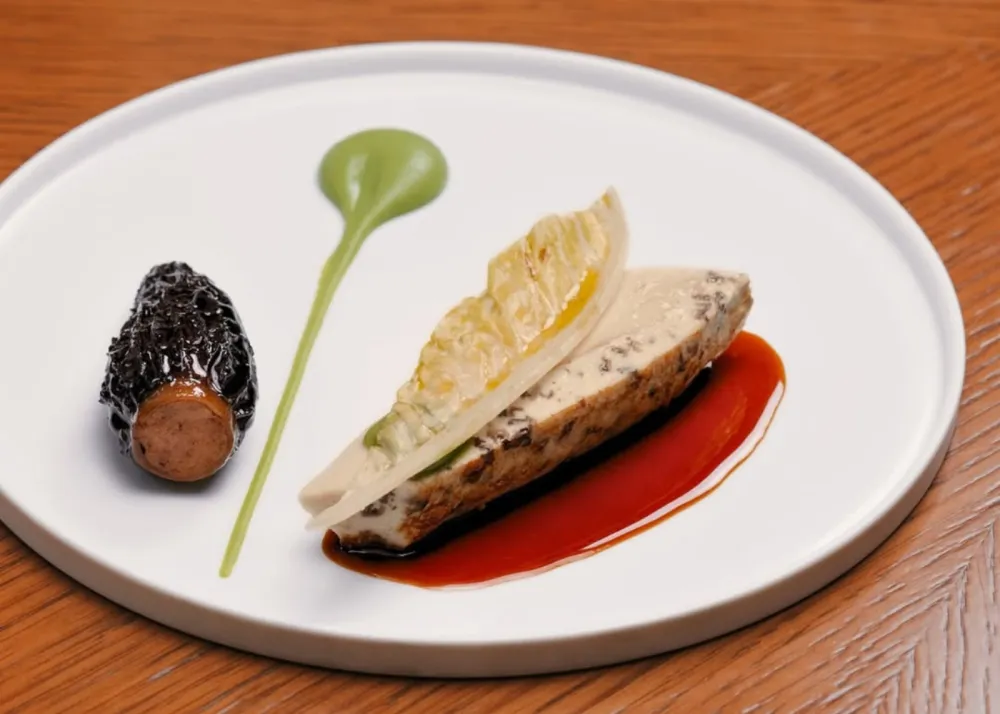Human Hair Is the Zero-Carbon Wool Alternative in Textiles

Dutch company Human Material Loop is spearheading a groundbreaking initiative by utilizing an unconventional waste source to produce a zero-carbon alternative to wool: human hair. By working closely with hairdressers, the company collects hair cuttings that would otherwise be discarded and transforms them into yarns, textiles, and even garments.
The founder and CEO of Human Material Loop, Zsofia Kollar, initially became interested in human hair from a cultural and sociological perspective. However, after delving into scientific studies, she discovered not only the unique characteristics of hair but also the significant waste generated. This realization led Kollar to a clear mission: finding sustainable ways to utilize hair waste.
While human hair has been used for various purposes such as oil spill cleanup and biodegradable stools, Kollar recognized the textile industry as the ideal target for her aspirations. She explains that the textile sector, despite being a major market, is also one of the most environmentally taxing industries.
Kollar highlights the advantages of using human hair as a textile fibre, emphasizing that it shares similarities with animal fibres like wool, which have long been utilized in textiles. By repurposing hair waste, the company eliminates the need for cultivating raw materials like cotton or farming sheep for wool, significantly reducing greenhouse gas emissions.
Furthermore, the use of human hair as a textile fibre has numerous benefits. It is flexible, has high tensile strength, functions as a thermal insulator, and does not irritate the skin. Human Material Loop has invested in developing the technology to process hair so that it can be seamlessly integrated into standard yarn and textile production machinery.
The company has successfully created staple fibre yarn from waste hair, which involves twisting short lengths of fibres together. Additionally, they are actively working on the development of several textiles. Collaborating with Henkel, owner of the Schwarzkopf haircare brand, Human Material Loop recently unveiled a red sweater-like dress, intended for display at hairdressing events to stimulate conversations about alternative salon waste management.
Overcoming initial scepticism, Kollar emphasizes that the transformed material appears ordinary, akin to any other textile. The tactile experience becomes transformative, erasing doubts and fostering acceptance of the material. Kollar believes that firsthand experiences play a crucial role in reshaping perceptions and dispelling misconceptions. Material Loop has plans to expand beyond textiles and target the architecture and interiors products market. Hair's moisture resistance, antibacterial properties, and acoustic and thermal attributes make it an appealing choice for these sectors. The company aims to conduct a commercial pilot in 2024 and create a comprehensive fabric library for brands and designers.
While Kollar is not the only designer exploring the potential of wasted hair cuttings, her venture with Human Material Loop represents a significant step toward commercializing this innovative solution. With the use of human hair, the textile industry can achieve sustainability while embracing the unique properties of this abundant and often overlooked resource.
Get the latest curated content with The Beat Asia's newsletters. Sign up now for a weekly dose of the best stories, events, and deals delivered straight to your inbox. Don't miss out! Click here to subscribe.




